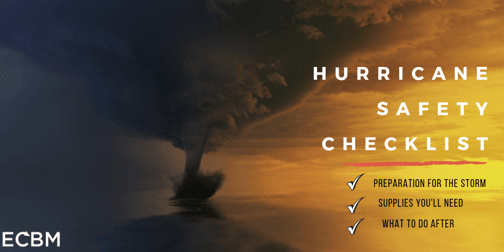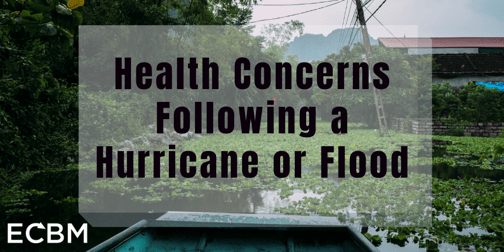 The Atlantic hurricane season lasts from June to November, with the peak season from mid-August to late October. The Eastern Pacific hurricane season begins May 15th and ends November 30th. When hurricanes take form, they cause heavy rains that can lead to extensive flood damage in coastal and inland areas. They are capable of producing winds in excess of 155 miles per hour as they barrel through the coastal areas and cause catastrophic damage. The best way to minimize damage from a hurricane is to be prepared before one strikes, are you prepared?
The Atlantic hurricane season lasts from June to November, with the peak season from mid-August to late October. The Eastern Pacific hurricane season begins May 15th and ends November 30th. When hurricanes take form, they cause heavy rains that can lead to extensive flood damage in coastal and inland areas. They are capable of producing winds in excess of 155 miles per hour as they barrel through the coastal areas and cause catastrophic damage. The best way to minimize damage from a hurricane is to be prepared before one strikes, are you prepared?
Hurricane Preparation
During hurricane season you should plan evacuation routes and designate a contact person who family members know to call once the storm is over. Because hurricanes can cause extensive flood damage in coastal and inland areas, everyone is at risk and should consider flood insurance protection. Flood insurance is the only way to financially protect your property or business from flood damage. Here are some suggestions on how you can prepare for a hurricane:
- Stock up on items such as bottled water, flashlights, a battery-operated radio, nails, tarps and plywood.
- Cover windows and doors and secure outdoor furniture.
- Refill your prescriptions, fill up your gas tank and withdraw a week’s worth of cash so you are prepared in the event of a power outage.
- Keep an up-to-date log of all of your possessions with photographs and videos, and review your home insurance policy.
Know the Terms
Familiarizing yourself with these terms will also help you identify a hurricane hazard:
Hurricane: A tropical cyclone in which the maximum sustained surface wind (using the U.S. 1-minute average) is 74 mph (64 knots) or more.
Hurricane Warning: An announcement that hurricane conditions (sustained winds of 74 mph or higher) are expected somewhere within the specified area. Because hurricane preparedness activities become difficult once winds reach tropical storm force, the hurricane warning is issued 36 hours in advance of the anticipated onset of storm-force winds.
Hurricane Watch: An announcement that hurricane conditions (sustained winds of 74 mph or higher) are possible within the specified area. Because hurricane preparedness activities become difficult once winds reach tropical storm force, the hurricane watch is issued 48 hours in advance of the anticipated onset of storm-force winds.
Storm Surge: An abnormal rise in sea level accompanying a hurricane or other intense storm, and whose height is the difference between the observed level of the sea surface and the level that would have occurred in the absence of the cyclone. Storm surge is usually estimated by subtracting the normal or astronomic high tide from the observed storm tide. Storm surge can reach heights well over 20 feet and can span hundreds of miles of coastline.
Saffir-Simpson Hurricane Wind Scale National Hurricane Center
Health Concerns Following a Hurricane or Flood
A natural disaster can be one of the most devastating events in a person’s lifetime. Families can be uprooted and entire neighborhoods can be destroyed in the blink of an eye. While many people are concerned with preparing for a crisis, the aftermath can be overlooked. Coping with the effects of a disaster are as important as preparing for the crisis itself.
Guide to Food Safety After Severe Storms
We practice basic safe food handling in our daily lives, but obtaining and storing food safely becomes more challenging during a power outage or natural disasters such as hurricanes and floods.
Steps to Follow to Prepare for a Possible Weather Emergency:
- Freeze containers of water for ice to help keep food cold in the freezer, refrigerator, or coolers after the power is out.
- Freeze refrigerated items such as leftovers, milk, and fresh meat and poultry that you may not need immediately-this helps keep them at a safe temperature longer.
- Plan ahead and know where dry ice and block ice can be purchased.
- Store food on shelves that will be safely out of the way of contaminated water in case of flooding.
- Have coolers on hand to keep refrigerator food cold if the power will be out for more than 4 hours. Purchase or make ice cubes and store in the freezer for use in the refrigerator or in a cooler. Freeze gel packs ahead of time for use in coolers.
- Group food together in the freezer—this helps the food stay cold longer.
For more helpful information concerning food safety, visit the United States Department of Agriculture Food Safety and Inspection Service.


.png?width=600&name=Hurricane%20Wind%20Scale%20(3).png)
